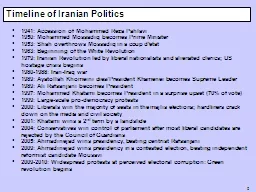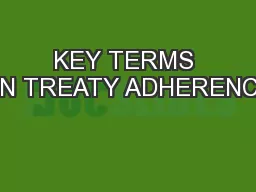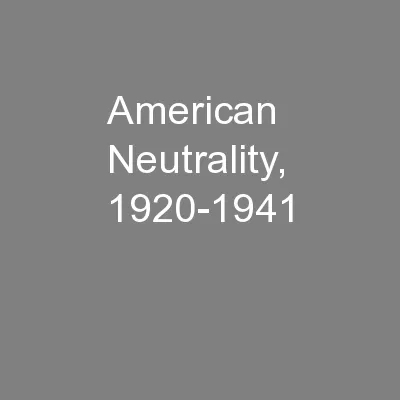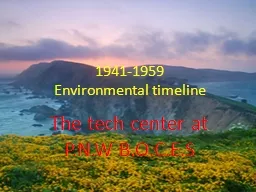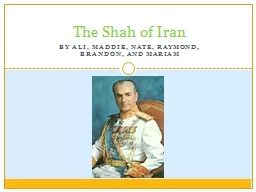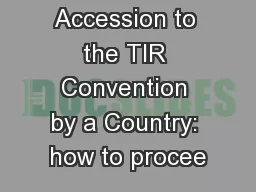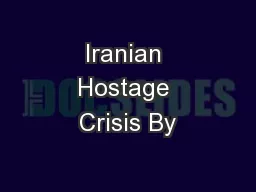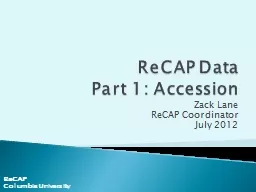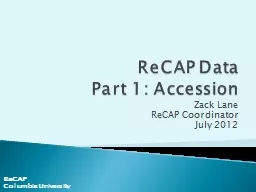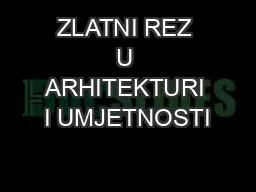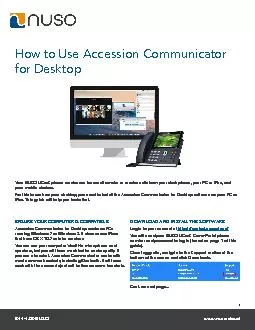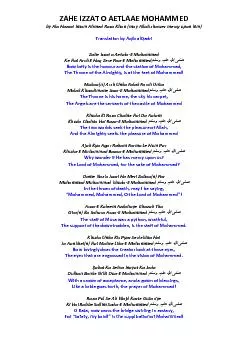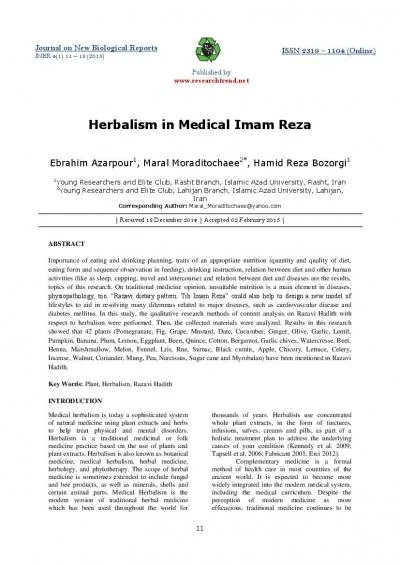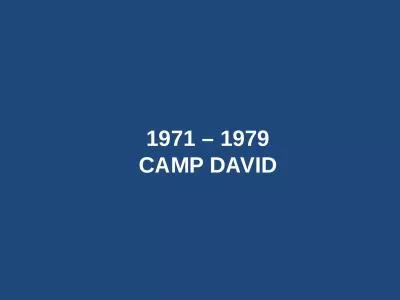PPT-0 1941: Accession of Mohammed Reza Pahlavi
Author : debby-jeon | Published Date : 2016-03-03
1950 Mohammed Mossadiq becomes Prime Minister 1953 Shah overthrows Mossadiq in a coup detat 1963 Beginning of the White Revolution 1979 Iranian Revolution led
Presentation Embed Code
Download Presentation
Download Presentation The PPT/PDF document "0 1941: Accession of Mohammed Reza Pahla..." is the property of its rightful owner. Permission is granted to download and print the materials on this website for personal, non-commercial use only, and to display it on your personal computer provided you do not modify the materials and that you retain all copyright notices contained in the materials. By downloading content from our website, you accept the terms of this agreement.
0 1941: Accession of Mohammed Reza Pahlavi: Transcript
Download Rules Of Document
"0 1941: Accession of Mohammed Reza Pahlavi"The content belongs to its owner. You may download and print it for personal use, without modification, and keep all copyright notices. By downloading, you agree to these terms.
Related Documents

